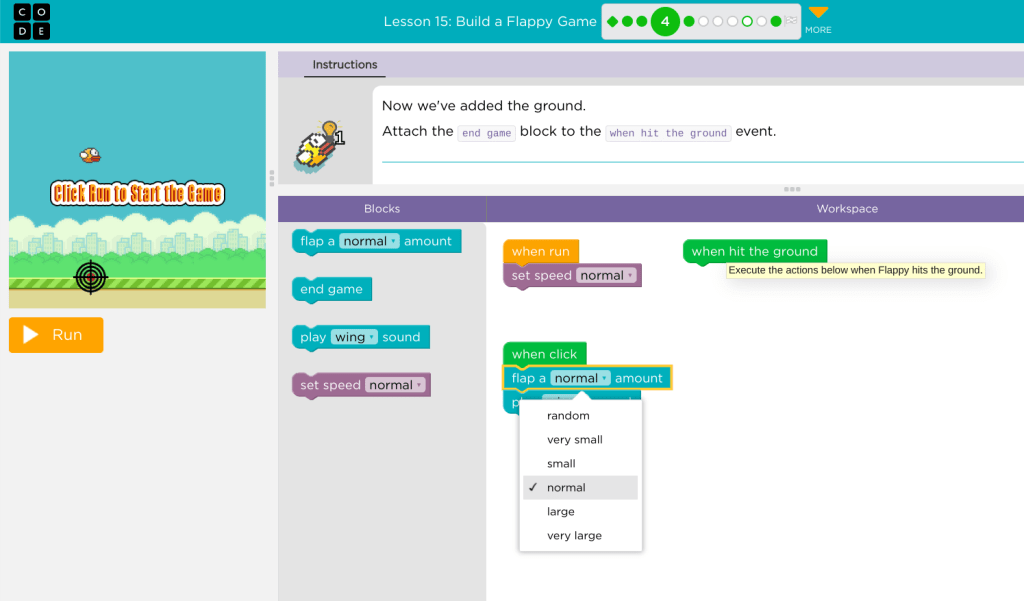There are different computer programming languages, Block Based Programming, Python, Java Script, C++ and more.
For beginners and language learners–our target group of learners–Block Based Programming is widely used.
I love Block Based Programming, particularly for EL students. Here’s why:
Language is learned chunks and collocations. Lewis (1997) in The Lexical Approach lists formulaic expressions:
- Sentence Starters – Today I will ______.
- Phrasal Verbs – to break down, to get over
- Expressions – You’re kidding me!
- Idioms – to have a hard time of it
- Formulaic expressions and more. I’ve got it!
Block Based Programming capitalizes on this natural way the brain learns vocabulary and phrases. Directions/ lines of code are chunked, a boon for the language learner, showing a more complete picture of language in use-a word hanging out with its other word friends.

Blocks also include input parameters- places where you can change the number, direction word, sequence, or sound for example. This shows the language learner the flexibility of the language and what types of similar words in the same semantic category could replace the word. Bonus: note below the gradiency that the student is introduced to here.

Get started!: MIT designed created a free coding platform Scratch for students to create digital stories, games, and animations. Also, Code.org utilizes block based programming.